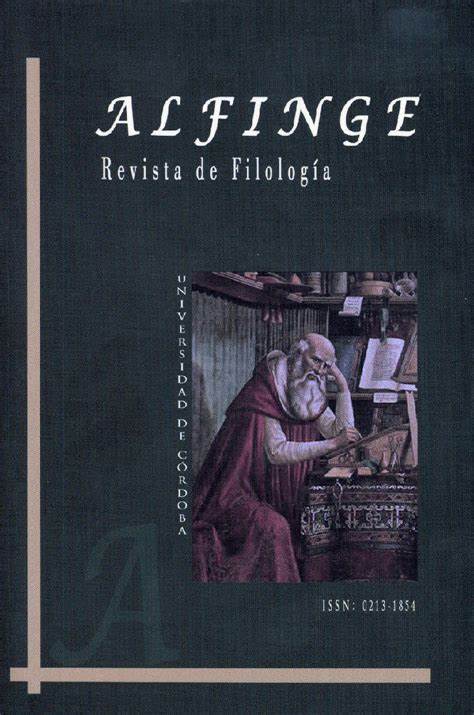Critical Literacy and Deep Reading in Teacher Education through the Novel The Boy at the Back of the Class
Contenido principal del artículo
Resumen
Abstract: This article presents a pedagogical experience carried out with student teachers in the first year of the BA in Primary Education at the University of Alicante. The chapter book The Boy at the Back of the Class (2018) by Onjali Q. Raúf served as a unifying thread through the semester to develop critical literacy through deep reading, which involves the in-depth exploration of literary texts approached from different aspects and perspectives in the classroom. Choosing the right text (at the right time) that can appeal to different sensibilities and reading levels is key (Bland 2019). In this sense, The Boy at the Back of the Class, is presented as an ideal intercultural literary work both for its linguistic content about the classroom and school, as well as for its meaning, with themes in tune with the SDGs such as the refugee crisis, bullying, language barriers and affectivity as a driver for communication. The results of the research carried out have proven the experience is adequate to fostering deep reading for in-depth learning, as the results of the questionnaires and the testimony of the students involved in the case study demonstrate.
Keywords: Deep reading. In-depth learning. Critical literacy. Intercultural children’s Literature. SDGs.
Descargas
Detalles del artículo

Esta obra está bajo una licencia internacional Creative Commons Atribución-NoComercial-CompartirIgual 4.0.
Política propuesta para revistas que ofrecen acceso abierto. Aquellos autores/as que tengan publicaciones con esta revista, aceptan los términos siguientes:
- Los autores/as conservarán sus derechos de autor y garantizarán a la revista el derecho de primera publicación de su obra, el cuál estará simultáneamente sujeto a la Licencia de reconocimiento de Creative Commons que permite a terceros compartir la obra siempre que se indique su autor y su primera publicación esta revista.
- Los autores/as podrán adoptar otros acuerdos de licencia no exclusiva de distribución de la versión de la obra publicada (p. ej.: depositarla en un archivo telemático institucional o publicarla en un volumen monográfico) siempre que se indique la publicación inicial en esta revista.
- Se permite y recomienda a los autores/as difundir su obra a través de Internet (p. ej.: en archivos telemáticos institucionales o en su página web) antes y durante el proceso de envío, lo cual puede producir intercambios interesantes y aumentar las citas de la obra publicada. (Véase El efecto del acceso abierto).
